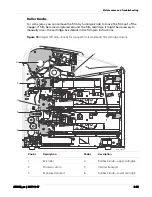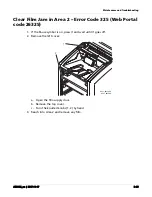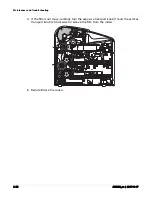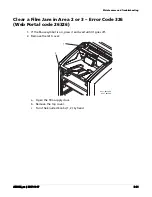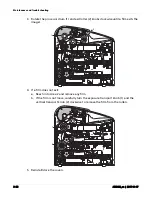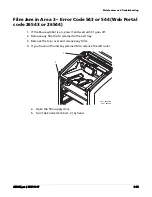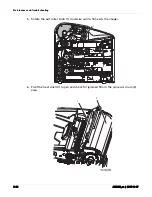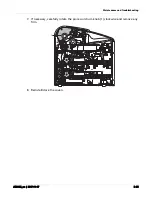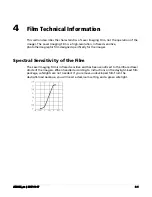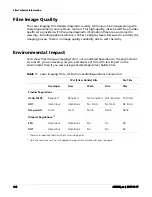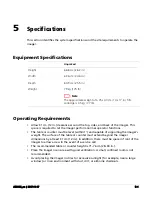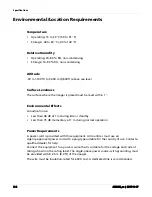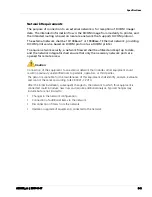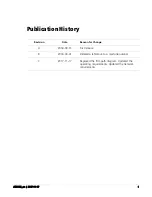
Film Technical Information
AD3435_en
|
2017-11-17
4–3
Undeveloped Film Handling and Storage
To achieve consistent results up to the expiration date indicated on the film package, the
Laser Imaging Film must be stored in a cool, dry place (4–24 °C, or 39–75 °F) and properly
shielded from x-rays, gamma rays, or other penetrating radiation.
The film can withstand short-term temperature spikes (up to 35 °C, or 95 °F) for several
hours without any significant effect on film quality or performance. Temperatures above
35 °C (95 °F) will gradually diminish shelf life.
Hands must be clean, dry, and free of lotions. Handle film carefully by the edges to avoid
physical strains such as pressure, creasing, or buckling.
Developed Film Handling and Archival
Handling the Laser Imaging Film requires reasonable care. Spills, humidity, and other
moisture typically have no significant effect on developed films. However, prolonged
exposure to intense light or excessive heat (equal to or greater than 54.4 °C or 130.0 °F)
for more than three hours may cause some gradual darkening of images. Leaving films
in vehicles in hot climates for extended periods of time is not recommended.
For best results, store the film in sleeves when not being reviewed. The Laser Imaging
Film can be left on a light box for more than 24 hours. In extreme cases in which the light
boxes are exceptionally hot (equal to or greater than 49 °C or 120 °F), the manufacturer
recommends removing them prior to eight hours of continuous exposure.
Take care when using spotlight viewing for more than 30 seconds because temperatures
near the light source may exceed 82.2 °C (180.0 °F). Use in slide projectors is not
recommended due to the high temperatures generally found in these devices.
With dry technology, a small amount of final development occurs when the film exits the
imager and is initially exposed to ambient or view-box lighting. This is virtually
undetectable and has no effect on image quality (typically 0.02 change in density). This
small density increase is uniform and permanent upon full exposure of the film under
normal handling conditions (room light or view box).
The Laser Imaging Film has been tested and can be archived for more than 100 years
when stored at American National Standards Institute (ANSI) recommended storage
conditions (equal to or less than 25 °C or 77 °F). Processing film should be stored within
the temperature range of 16–27 °C, or 60–80 °F, and at 30–50 % RH. Developed films may
be stored at higher temperatures; however, that will reduce the number of years the film
can be stored. For example, storing films at a constant elevated temperature of 32.2 °C
(90.0 °F) may reduce archive capability to 30 years.

